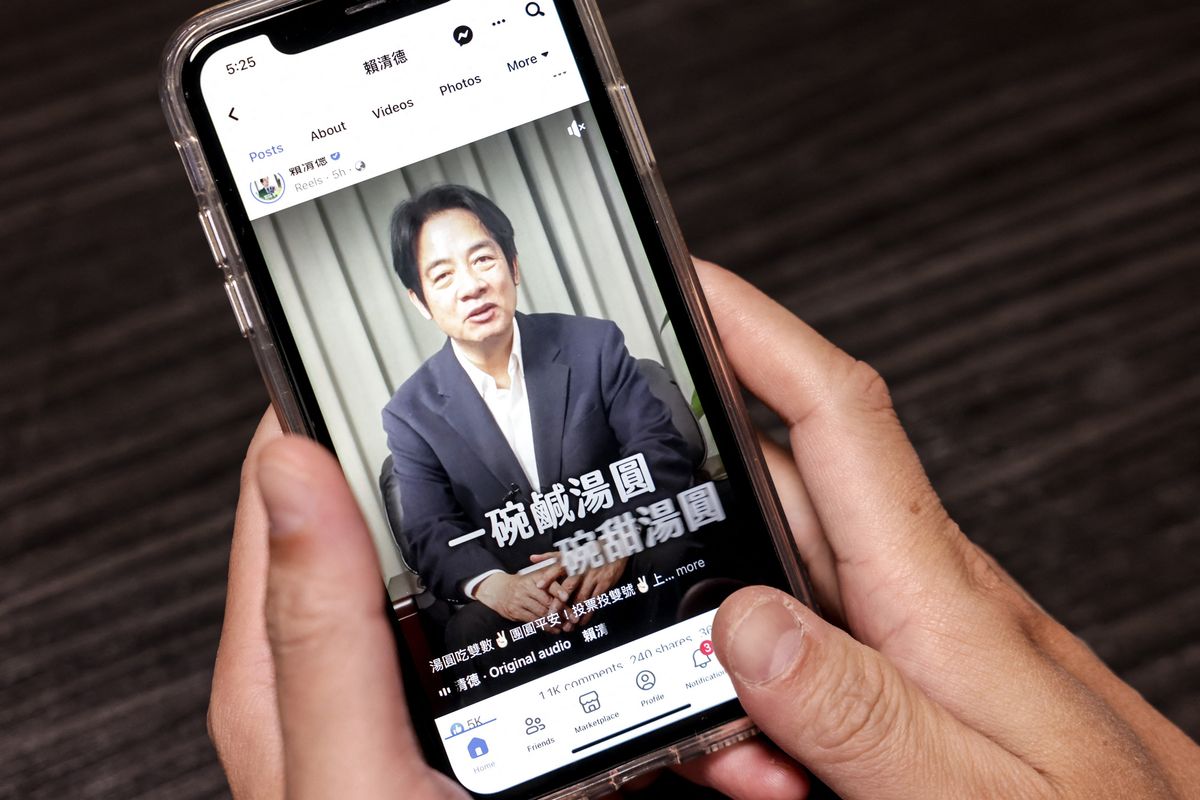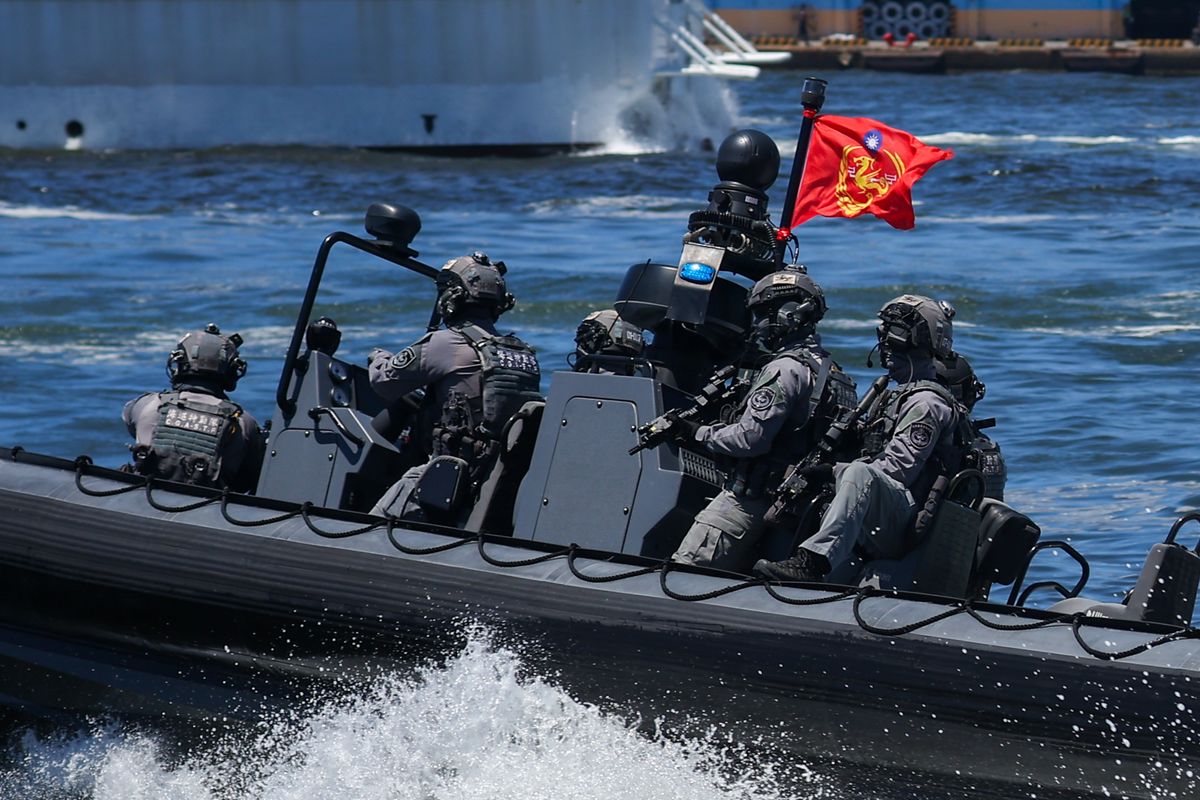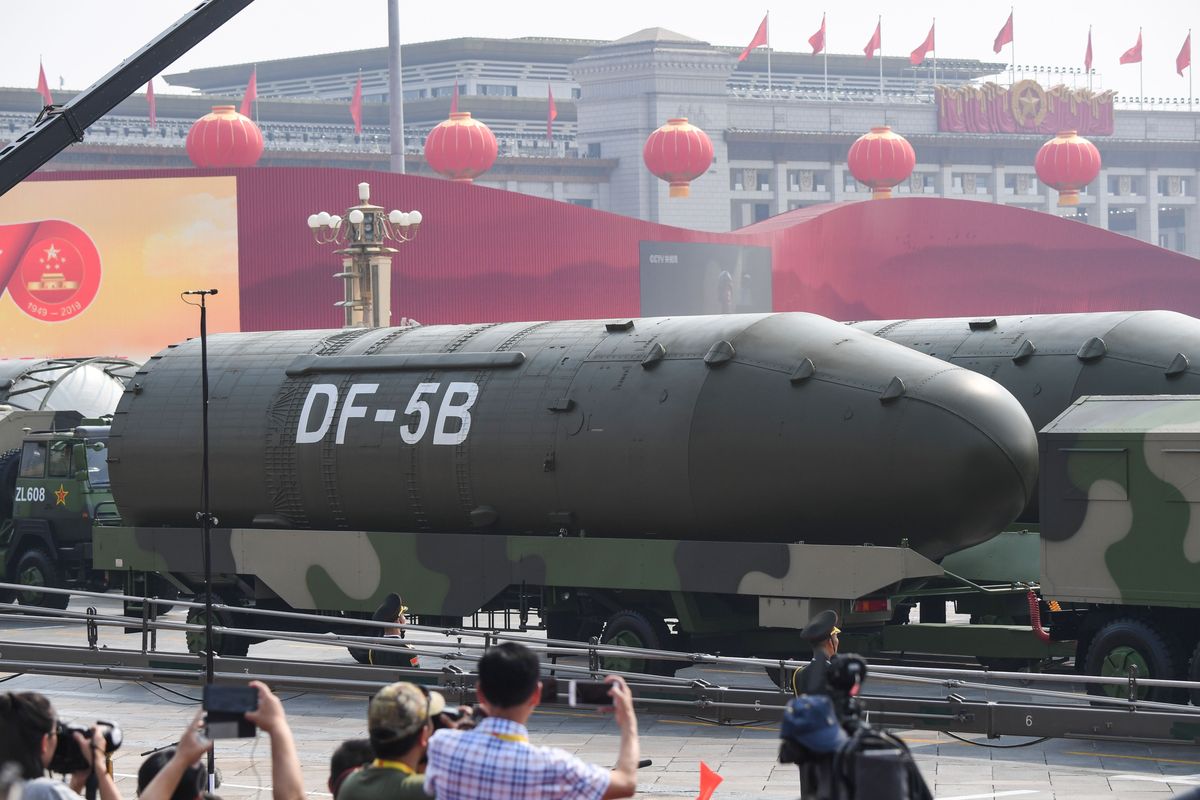OPINION — From an Australian perspective the emergence of Japan as a confident and substantial contributor to peace and security in the Indo-Pacific is welcome.
Recently, even as Japan mourned the death of Shinzo Abe, his long-term vision of Japan as an Indo-Pacific power was being advanced.
In March 2007, I was privileged to be in Tokyo to witness Prime Minister Abe and Prime Minister John Howard of Australia sign a joint declaration to increase security ties between our two nations.
At the time, the two leaders played down concerns that the pact was directed specifically at China. The same thing can’t be said today.
The 2007 joint declaration offered the opportunity to step up security ties, including joint training, counterterrorism cooperation and intelligence sharing.
The two leaders saw it as a mark of trust and cooperation.
Prior to this, the defence relationship between Japan and Australia, had been building very slowly with Australian and Japanese militaries working together in Cambodia, East Timor, and Iraq.
Despite this, there was still a reticence to engage too closely.
Indeed, despite being the Australian Chief of Army, my discussions with the Japanese were tightly constrained to peacekeeping, humanitarian and disaster relief operations and displays.
However, I was able to visit Hokkaido to inspect the Japanese tank force, which was in the North and close to their primary threat, at the time – Russia.
Now, the tanks are located further south in Honshu, to be close to the primary threat - China.
Japan has the third largest GDP in the world, but as a percentage of GDP it expends less than 1% on defence and security. Current plans would lift this to 2%, which would bring it close to Australia’s defence and security spending ratio. This would lift it into the top ranks of military expenditure in the world behind the U.S. and China.
This would also substantially deliver on Mr. Abe’s vision of Japan as an advanced Indo-Pacific power contributing to peace and security by:
• Breaking free from its post war constraints and taking a place as a leader in Asia and beyond.
• Viewing the Indo-Pacific as a single strategic region.
• Maintaining close ties with the United States.
• Developing an independent defence capability.
• Adapting to an assertive China.
We are right to praise the vision and leadership role of Shinzo Abe in putting Japan on a long-term path to maintaining global peace and security, with a specific focus on the Indo-Pacific.
Now it is up to the current and future leaders of Japan to deliver. Their recent Defense White Paper is a confident and robust document that shows that present day leaders are maintaining the momentum.
Japanese leaders seem willing to expand the role of the Japan Self-Defense Force (JSDF) and operate beyond the pacifist nature of their constitution.
As a result of threats from China and North Korea, they are developing new capabilities in space and cyber-space and other areas such as information warfare and missile and air strike capabilities.
Get your daily 10-minute national security briefing with Suzanne Kelly and Brad Christian by signing up for The Cipher Brief’s Open Source Report Daily Newsletter or by listening to The Cipher Brief’s Open Source Report Podcast wherever you listen to podcasts.
Additional changes include easing restrictions on arms sales and bilateral training.
The 2023 basic economic and fiscal policy guidelines recently adopted by the Japanese Cabinet specifically mentions peace in the Taiwanese Strait as a driving factor in increasing defence spending.
In the event of an invasion of Taiwan, Japan’s emerging capabilities and proximity to likely assault routes will enable it to aid in operations directly and decisively against China. This will complicate China’s threat assessment, strategic options and operational planning.
Across much of the world, there are strong trends challenging and fracturing multilateralism. The inability of the United Nations to do anything about the Russian invasion of Ukraine and Chinese aggressive and illegal actions in the South China Sea demonstrates that existing arrangements can no longer be relied on as a cornerstone of peace and security. As a result, new regional associations with coherence and strength are emerging, such as the Quadrilateral Security Dialogue and AUKUS.
Given current strategic circumstances and Japan’s growing confidence, I suggest there is a place for Japan in AUKUS. They should be made welcome. No doubt, there will be issues with intelligence access and other interoperability issues, however, as we witnessed in Afghanistan and Iraq, these challenges are not insurmountable. Overall, there is a real benefit to be gained from larger defence and security alliances in the Indo-Pacific and an engaged Japan is an essential element of these developments.
Read more expert-driven national security insights, perspective and analysis in The Cipher Brief












